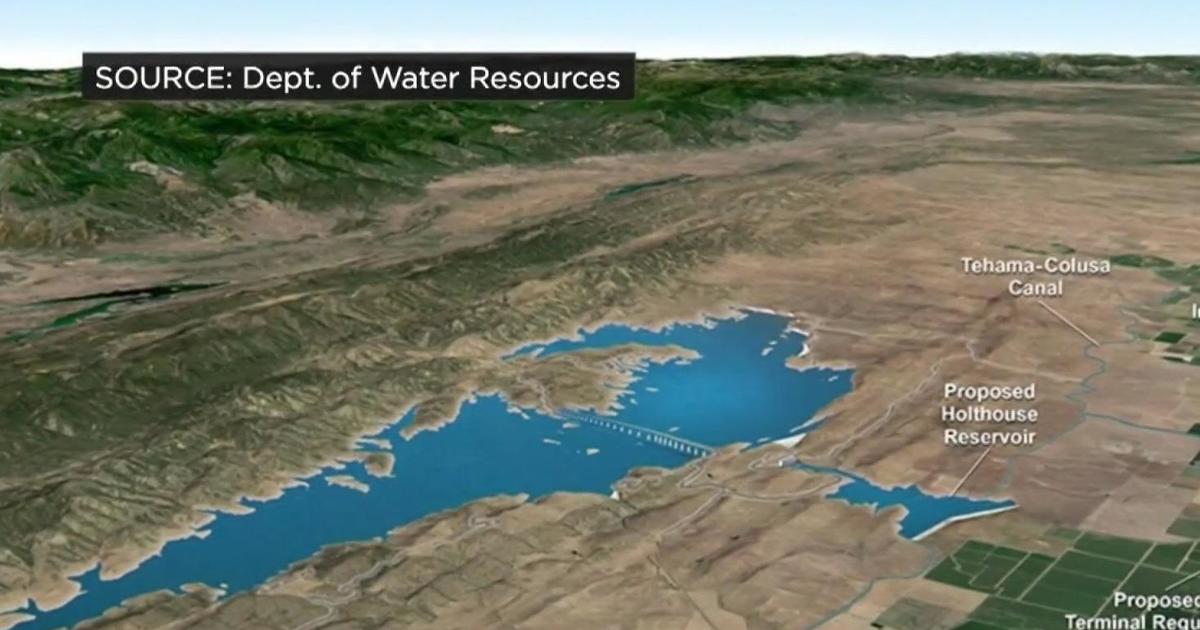What a "megaflood" could mean for Northern California
SACRAMENTO - Could California go from a megadrought to a megaflood?
New research shows it does happen, but it is even likelier to happen in the coming decades. Scientists believe the two intersect, in part, because of climate change.
Over 100 years ago, Sacramento witnessed devastating high waters as part of the Great Flood of 1862. Historical documents and pictures show the Capital City submerged in water as people traveled on canoes to get around.
A new study shows a disastrous megaflood could overwhelm the state. Sacramento and San Joaquin valleys could turn into a temporary inland sea stretching nearly 300 miles in length.
"The study is based on the 1862 flood," said Dr. Noah Diffenbaugh of Stanford University, professor of Earth System Science.
"We know this is possible in California's climate even without global warming," he warned.
The study shows such megafloods happen a handful of times every millennium.
But a warmer planet means more moisture is in the atmosphere which leads to more intense precipitation. Storms are also getting warmer.
The idea of megafloods happening in the coming decades pushes the clock. So how can the Department of Water Resources draw context from the 1862 megaflood when creating flood plans?
"We do use it to go through and predicate where we've gone through and built levees, where we've build dams, emergency response supplies ready to go through, where we have forecasters looking for patterns that might lead to an event like that," said Michael Mierzwa, chief of DWR's Floodplain Management Office.
It speaks to the urgency of why we need to continue to be prepared, he said. The state says emergency plans are constantly subjected to new updates for floods. For example, the Central Valley Flood Protection Plan must be updated by October which is a blueprint of the type of actions that would be taken at the federal, state, local and tribal levels. The plan requires an update every five years.
Scientists say the constant threats of extreme weather in the state may mean its emergency preparedness is battle tested due to recent floodings.
Still, the study predicts ominous danger ahead.
"This is a good example of the kinds of problems every part of the country is going to have," said Jay Lund, professor of Civil and Environmental Engineering at UC Davis. "California is relatively well-prepared for these kinds of extreme events."




